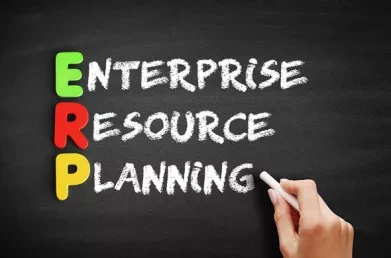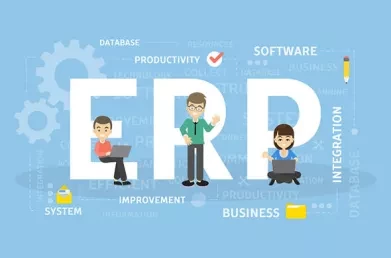ERP Data Migration - Start Early!
Data Migration is a key part of any ERP project. Identifying and tackling tasks that can be addressed early improves the prospect of a smooth system cutover as well as the ability of the ERP to drive value in the business from the time it goes live.
The vast majority of ERP projects involve migrating from one or more legacy systems to a new ERP system. A key part of this is the migration of data from the old system(s) to the new. The complexity of this task depends on the implementation. At the most basic level it will involve migrating the customers you need to sell to, the suppliers you need to buy from and the products or services you need to transact. As well as this, depending on the scale of the business, open transactions and account balances are likely to be included. Depending on scope, data from quality, fixed assets, manufacturing or other areas of the organisation might also need to be considered.

All of these data may exist as islands, or partially integrated chunks, in the legacy environment. At the heart of ERP is integration between different modules and processes. This is what drives the efficiencies to be found in ERP. Supporting these integrated processes is integrated data. To extract value from this data it must be migrated in a well planned manner by a team that understand the ERP solution design and the role the data plays.
Frequently data migration is addressed in the later stages of the project. To some extent this is because certain details are dependant on the completion of the design phase of the project. Identifying and commencing those tasks that can be started early can contribute tangibly to the overall success of the project by allowing time post-design to develop data extraction and load routines quickly and to run through as many test cycles as required. In addition, early engagement with business analysts and business stakeholders should encourage clear understanding of the role of data in business processes and business ownership of that data.
Tasks that can be carried out pre-completion of design include:
- Data preparation - manual and time consuming activities like data cleansing in the legacy system(s).
- Tasks like product code harmonisation can be planned and agreed in advance of detailed design and before business stakeholders become more heavily involved in training, testing and have other demands on their time.
- Technical resources can be assembled and prepared. This includes a data migration team and ETL (Extract Transform and Load) infrastructure.
- A strategy can be formulated and agreed concerning general approach, testing, retention of non-active transactional data (for reporting or regulatory compliance), etc.
Upon completion of design, tasks such as detailed data mapping, ETL development and conversion testing can be carried out.
Addressing pre-design tasks early in the project improves the potential to populate the new system with clean, well integrated data to support the integrated ERP processes and hence to derive value from the ERP system. In addition it improves the likelihood that data migration test cycles can be carried out early and frequently. The earlier and more frequently that test cycles can be carried out the more likely it is that data (and system) cutover will run smoothly.
This blog was written by Ian O’Toole, Principal Consultant. If you would like further information on ERP Data Migration please send an e-mail to Ian O’Toole.


